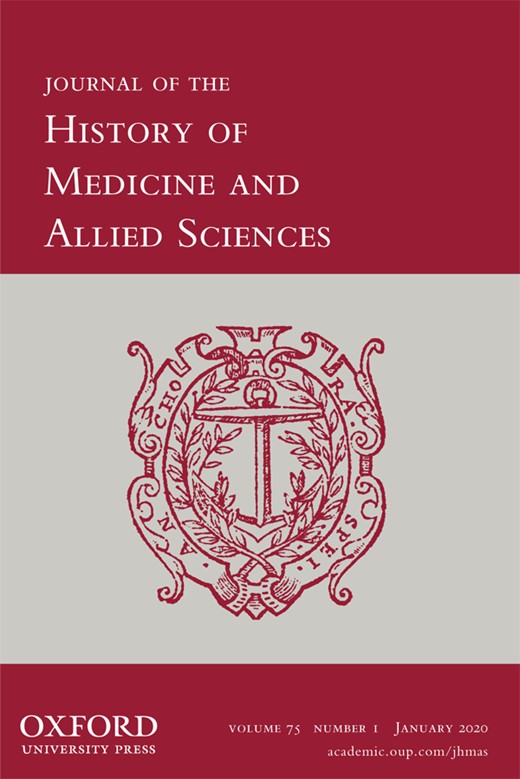-
Views
-
Cite
Cite
Jakub M Kwiecinski, Merit Ptah, “The First Woman Physician”: Crafting of a Feminist History with an Ancient Egyptian Setting, Journal of the History of Medicine and Allied Sciences, Volume 75, Issue 1, January 2020, Pages 83–106, https://doi.org/10.1093/jhmas/jrz058
Close - Share Icon Share
Abstract
Merit Ptah is widely described as “the first woman physician and scientist” on the Internet and in popular history books. This essay explores the origins of this figure, showing that Merit Ptah came into being in the 1930s when Kate Campbell Hurd-Mead misinterpreted a report about an authentic ancient Egyptian healer. Merit Ptah gradually became a prominent figure in popular historical accounts during second-wave of feminism, and, in the twenty-first century she appeared in Wikipedia and subsequently spread throughout the Internet as a female (sometimes black African) founding figure. The history of Merit Ptah reveals powerful mechanisms of knowledge creation in the network of amateur historians, independently from the scholarly community. The case of Merit Ptah also pinpoints factors enabling the spread of erroneous historical accounts: the absence of professional audience, the development of echo chambers due to an obscured chain of knowledge transmission, the wide reach of the Internet, the coherence with existing preconceptions, the emotional charge of heritage, and even – in the case of ancient Egypt – the tendency to perceive certain pasts through a legendary lens. At the same time, the story of Merit Ptah reveals how important role models have been for women entering science and medicine.




